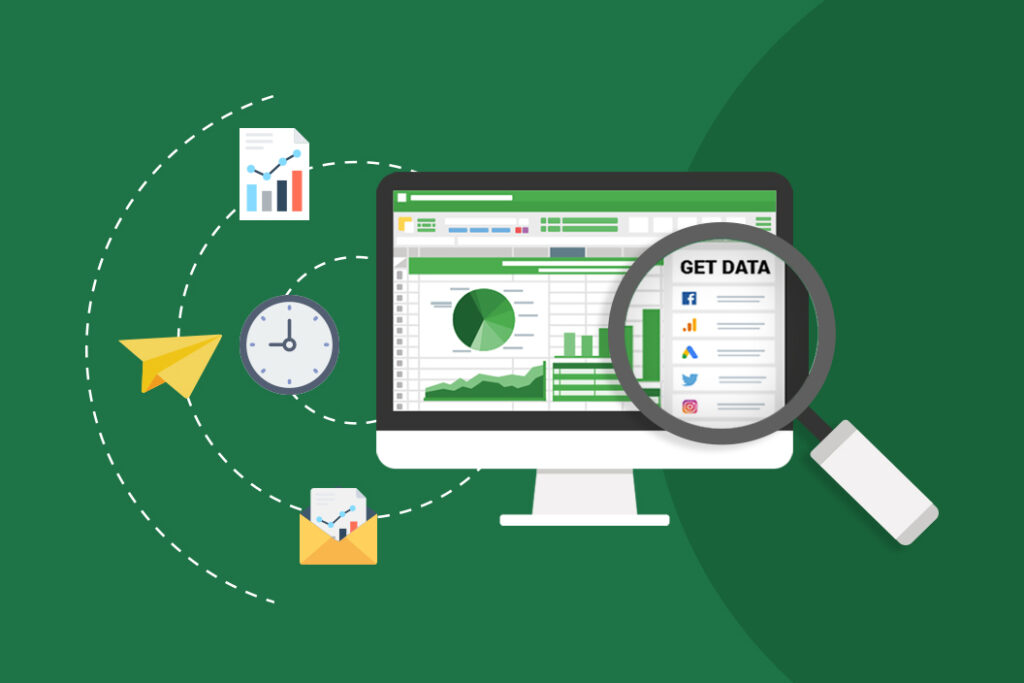Personal Career & Learning Guide for Data Analyst, Data Engineer and Data Scientist
Excel is a powerful tool for data analysis, and it has many built-in features to help you work with your data effectively. One of these features is the ability to identify cells that contain errors, such as #DIV/0!, #N/A, or #VALUE!.
These errors occur when a formula or function can’t be calculated correctly, and they can cause problems when you’re working with your data. For example, if you’re trying to calculate the average of a range of cells and one of them contains an error, the entire calculation will be incorrect.
But don’t worry! Excel makes it easy to identify cells that contain errors, so you can fix them quickly and get back to your data analysis.
Here’s how:
- First, select the cells that you want to check for errors.
- Next, go to the “Home” tab in the ribbon and click on the “Conditional Formatting” button.
- From the drop-down menu, select “Highlight Cells Rules” and then choose “Formula Is.”
- In the formula field, enter “=ISERROR(A1)” (without the quotes). This formula says to highlight cells in the range A1 that contain errors.
- Click “OK” and the cells that contain errors will be highlighted in red (or a color of your choice).
That’s it! Now you know how to identify cells that contain errors in Excel.
It’s important to note that you can use this technique to check for other types of errors, too. For example, you can use the “ISNA” function to identify cells that contain the #N/A error, or the “ISNUMBER” function to identify cells that contain the #VALUE! error.
In conclusion, if you’re a data analyst, Excel is an essential tool for your work. By using the “ISERROR” formula and conditional formatting, you can quickly and easily identify cells that contain errors, so you can fix them and get back to your data analysis. This will help you make sure your calculations are accurate and your data is reliable, so you can uncover valuable insights and make informed decisions.
Excel Example for Data Analyst – Count cells that contain errors
 Loading...
Loading...
Latest end-to-end Learn by Coding Projects (Jupyter Notebooks) in Python and R:
All Notebooks in One Bundle: Data Science Recipes and Examples in Python & R.
End-to-End Python Machine Learning Recipes & Examples.
End-to-End R Machine Learning Recipes & Examples.
Applied Statistics with R for Beginners and Business Professionals
Data Science and Machine Learning Projects in Python: Tabular Data Analytics
Data Science and Machine Learning Projects in R: Tabular Data Analytics
Python Machine Learning & Data Science Recipes: Learn by Coding
R Machine Learning & Data Science Recipes: Learn by Coding
Comparing Different Machine Learning Algorithms in Python for Classification (FREE)
There are 2000+ End-to-End Python & R Notebooks are available to build Professional Portfolio as a Data Scientist and/or Machine Learning Specialist. All Notebooks are only $29.95. We would like to request you to have a look at the website for FREE the end-to-end notebooks, and then decide whether you would like to purchase or not.
